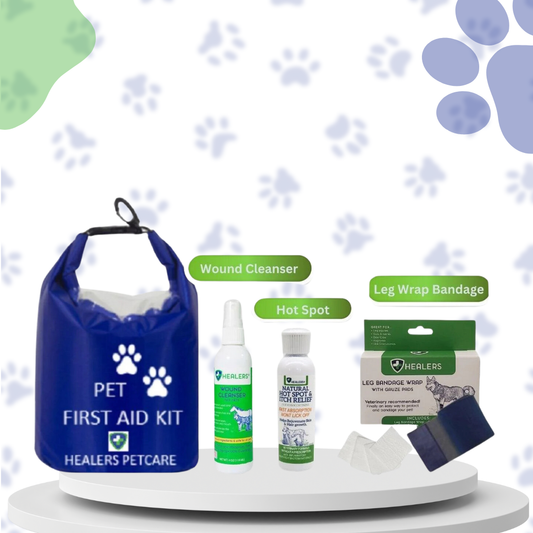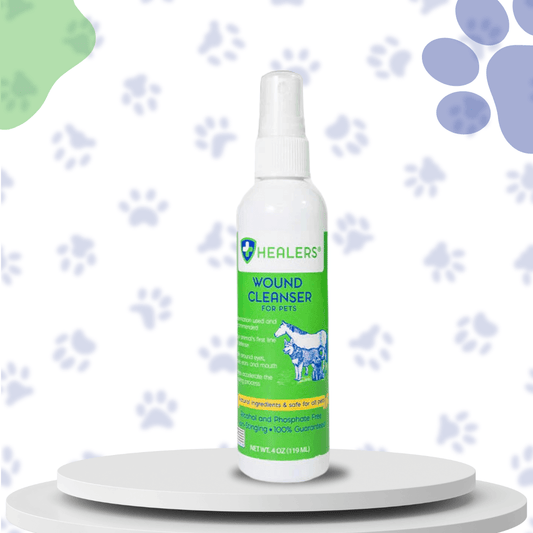Raising a Puppy: 7 Tips To Help With Housetraining
Raising a Puppy: 7 Tips To Help With Housetraining

Even though bringing a new puppy into your home is an exciting time, it comes with multiple challenges. Housetraining is a process to successfully teach your puppy to go to the bathroom outdoors and is one of the most important undertakings for a new dog owner.
The idea being housetraining your puppy is simple enough; your goal is to ensure that your dog abstains from going anywhere within the house. Your living conditions and time management play a significant role in understanding how to housetrain your new puppy the best way and allow him to feel comfortable to become a part of your family.
Following the same trail of thoughts and adding a conscious value on the subject of bringing home a new pup, and owning up to the responsibilities and care an industry expert and author, Ciaran Walsh have penned down a special love story told by a Special Dog in One-Eyed Leo that offers to include a great deal of insight for new pet parents upon adoption.
The following tips and steps are helpful when training your dog and to help it quickly learn where to go. Keep in mind that it will take commitment, repetition, and patience when you approach this process with a new puppy. If you are struggling a lot with this process or note that your puppy has many issues, you may want to consult a veterinarian, just in case it is a more serious medical problem
Develop Your Schedule
The first and most significant factor in successful housetraining is creating a solid routine. Dogs, like humans, crave structure and will do their best on a regular schedule. Puppies at least two months old can hold their bladders for about two hours. Of course, this also depends on your puppy’s breed since much smaller dogs will have smaller bladders and vice versa - so just keep that in mind.
You should focus on developing your schedule to suit your puppy’s bathroom needs, which includes setting up specific times for:
- Eating
- Playtime
- Napping / Crate Time
Bathroom breaks should occur after all of these activities, and you can easily teach your puppy where to eliminate themselves in this fashion. In addition, the schedule will help your puppy quickly adjust and learn what times are acceptable for going to the bathroom. This way, it will expect the specific times when to go outdoors, and there won’t be any temptations to go to the bathroom inside.
Understand Accidents Will Happen
Puppies are young and still learning, and they will not know immediately to go outside. Therefore, you can expect that messes will occur.
When it does happen, do your best not to punish your puppy. Yelling or rubbing your dog’s nose in the mess does nothing to train it; in fact, it damages your relationship with your dog, and your puppy will be much slower to train.
Instead, what you should do when you witness or see that your dog is going to go indoors is to avert the behavior by clapping or stomping without yelling. You want to disrupt what is happening without scaring the puppy. Then, take your puppy outdoors to finish.
It is also worth noting that if your puppy goes inside, you need to take steps to ensure that you eliminate all odors from the floors. This is because dogs have an extremely powerful sense of smell, and if they are able to tell where they went indoors, they are more likely to do it again.
Invest in Puppy Pads or Turf
If you live in an area that will make it difficult to get your puppy outside often, you might need to establish a space within your home for your dog to do. Some of the best dogs for apartments are smaller breeds, or ones more prone to frigid, cold weather, in which you would not have the ability to (or want to) take the dog outside often or at all.
You can easily create an area within your house to designate as the “outdoors” for your puppy and set up some turf or a puppy pad so that your dog only goes in this place. Many first-time dog owners utilize this as a temporary training method when they are first training their puppies to go, but this may be a necessity in some cases.
Reward Good Behavior
Instilling positive reinforcement is important throughout the housetraining process. Every time you witness your puppy doing something correctly, be sure to praise it. You can give it lots of love and attention, pats and cuddles, or give it a small treat to show your appreciation.
Your puppy will quickly learn that it will be rewarded when it performs in a certain way. Many dog breeds have a temperament in which they want to please their owners, so they will continue to behave in the manner their owners desire.
Keep a Close Eye on Your Puppy
Time is a crucial factor in housetraining your puppy; you need to have a lot to dedicate to this process. In addition, you should be consistently watching your puppy and engaging it not to learn any bad habits. If you or other household members can work together and watch it one hundred percent of the time, that is the ideal situation.
At any point when you are not able to watch the dog closely, such as if you are working or will be out of the home for a while, you should confine your puppy to a small, enclosed area. However, you should not be doing this with your puppy until it has gone at least a few weeks without going to the bathroom indoors to avoid any accidents when you are not present.
Take Your Puppy to One Spot Every Day
Take your dog outdoors to a specific area when you walk it and allow it to sniff around and go to the bathroom in that spot. Then, keep bringing it back to that same area each time you take your dog outdoors so that it can quickly identify that space as the bathroom “spot” for itself.
Whenever your puppy is going in that spot, be sure to use the same word or phrase like “go potty” that you can use later on so that your dog is reminded about what it has to do. Be sure also to avoid feeding your puppy or having it drink at least an hour before bedtime or when you plan to crate as well so that you can keep it from having to relieve itself in the night.
Make Plans When You Go Away
If you have to be away from your home for a length of time, consider that this might not be a good time for you to have a puppy in the house. On the other hand, if you already have a puppy and need to be away from home for extended periods, you may want to:
- Bring the puppy with you if you are able so that you can continue to train it;
- Make arrangements to have someone care for your pet in the same way that you have been training it so as not to confuse it (or teach it any other habits);
- Confine your puppy with a specific place designated for a bathroom (paper, turf, puppy training pads).
The last suggestion to confine your pet should only be utilized when you plan to be away for a period of an hour to a few hours. You should be sure to accommodate any longer trips away with other plans.
As the puppy’s owner, it is vital that you understand that housetraining can be a long and drawn-out process. Ensure that you have enough time to dedicate and commit to helping your puppy learn, stick to your set schedule, and use positive reinforcement. You will find that your puppy will adapt and understand more efficiently, and you will have a happy, housebroken puppy!
So next time when your child asks for a dog you are sure of your to-dos and tale of One Eyed Leo that would help you guide the conversation. :)





